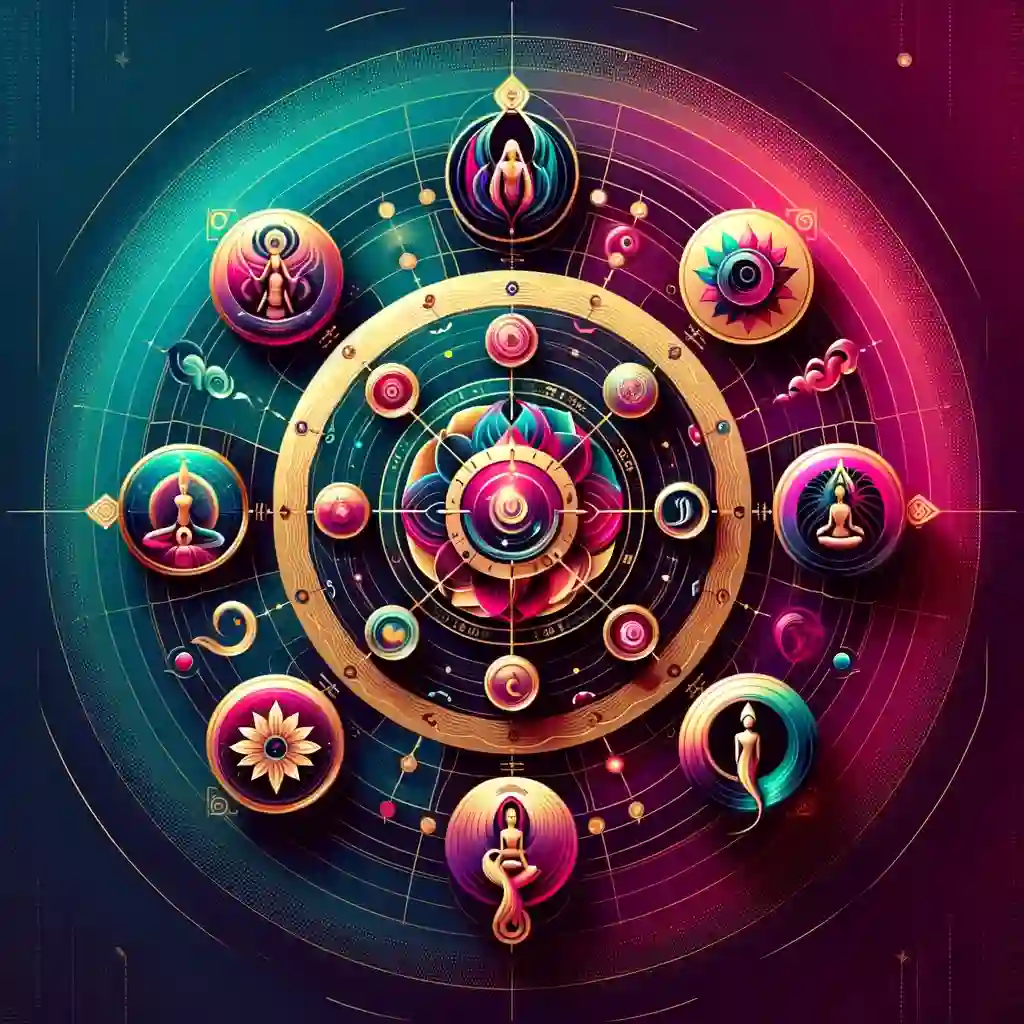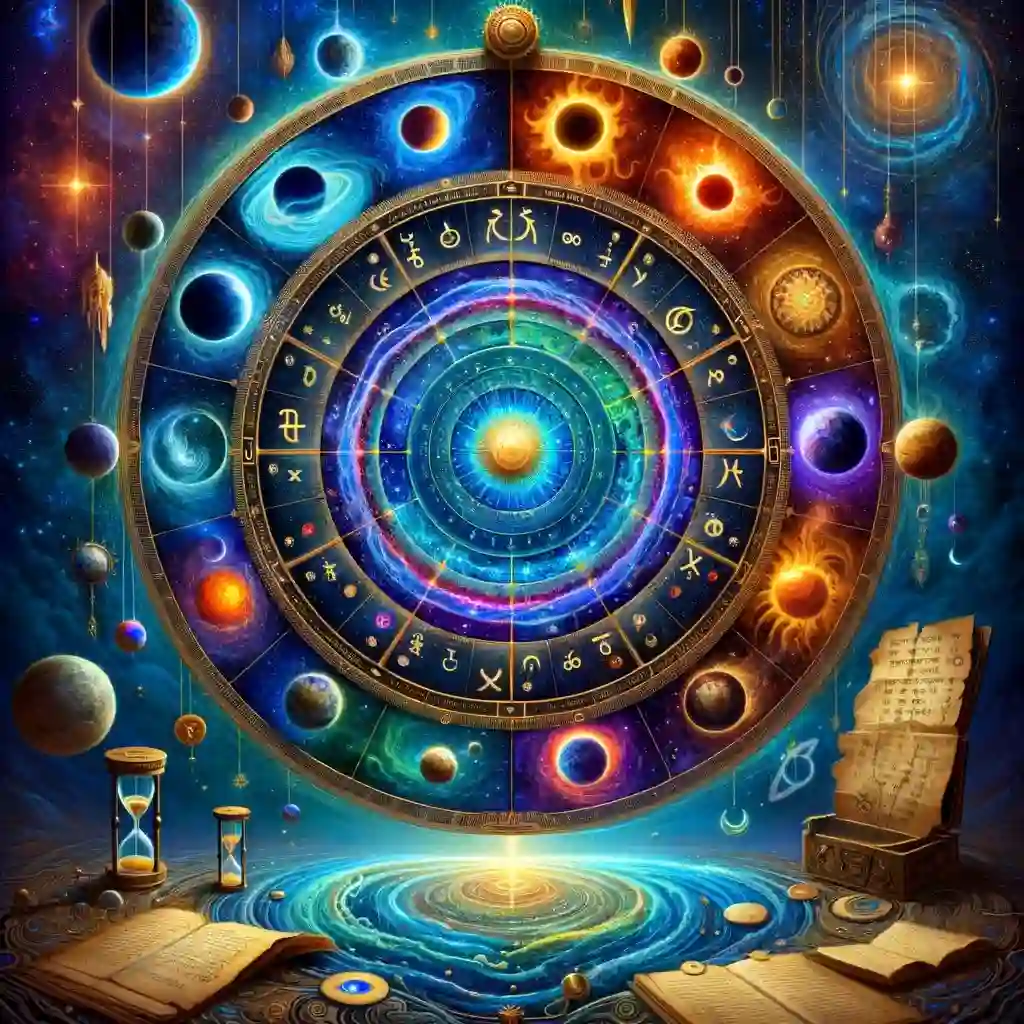Yogini Dasha, one of the lesser-known yet profoundly insightful dasha systems in Vedic astrology, offers a unique lens through which to view the unfolding chapters of an individual’s life. Originating from ancient astrological texts, Yogini Dasha is revered for its simplicity and accuracy, particularly in predicting significant life events and understanding the phases of personal growth and transformation. This blog post aims to demystify the Yogini Dasha for beginners, providing a step-by-step approach to interpreting its cycles and gleaning the wisdom it holds.
Understanding Yogini Dasha
Yogini Dasha is based on an 8-year cycle, with each Yogini ruling a specific period within the cycle. There are a total of 8 Yoginis, each associated with a particular aspect of life and a presiding deity, making up a total cycle of 36 years. This cycle is repeated thrice in a human’s life, covering a span of 108 years. The Yogini Dasha system is known for its ability to highlight the undercurrents of karmic influences and the timing of significant events with remarkable precision.
Key Concepts of Yogini Dasha
- Yoginis and Their Periods: Each Yogini governs a specific period, ranging from 1 to 8 years. The sequence of these Yoginis and their durations are fixed, starting with Mangala and ending with Siddha.
- Presiding Deities: Every Yogini is associated with a deity, which adds a layer of spiritual and thematic significance to the period they rule.
- Starting Point: The Yogini Dasha is calculated from the Moon’s position in your birth chart, determining the starting Yogini and the subsequent sequence.
Steps to Interpret Yogini Dasha
- Identify the Current Yogini Dasha: Determine which Yogini’s period you are currently undergoing. This can be calculated based on your birth details using Vedic astrology software or consulting an astrologer.
- Understand the Yogini’s Themes: Each Yogini imparts specific themes and influences during its period. For instance, Mangala Yogini’s period might be characterized by activity, initiative, and beginnings, while Pingala Yogini’s period could focus on growth, learning, and expansion.
- Consider the Presiding Deity: The deity associated with the Yogini can offer deeper spiritual and thematic insights. For example, the period ruled by Brahmani Yogini, associated with creativity and wisdom, may be conducive to intellectual and artistic pursuits.
- Analyze Planetary Influences: Examine the placement and aspects of planets during the Yogini Dasha, especially the Moon, as it determines the Dasha’s commencement. Planetary positions can modify or emphasize the themes of the Yogini period.
- Correlate with Life Events: Reflect on past events and phases of life that correspond with previous Yogini Dashas to gain a personal understanding of how these periods have manifested in your life.
- Integrate with Other Dasha Systems: For a comprehensive analysis, consider the Yogini Dasha in conjunction with other dasha systems like Vimshottari Dasha. This can provide corroborative or supplementary insights.
Conclusion: Embracing Life’s Rhythms with Yogini Dasha
Yogini Dasha offers a fascinating and accessible way to explore the cyclical nature of life’s experiences, providing clarity on the timing and themes of personal evolution. By understanding and interpreting the Yogini Dasha, even those new to astrology can begin to unlock the profound wisdom encoded in the stars, guiding them toward self-awareness and alignment with their karmic path. In the journey of life, where destiny and free will intertwine, Yogini Dasha serves as a celestial compass, illuminating the way forward with grace and insight.


